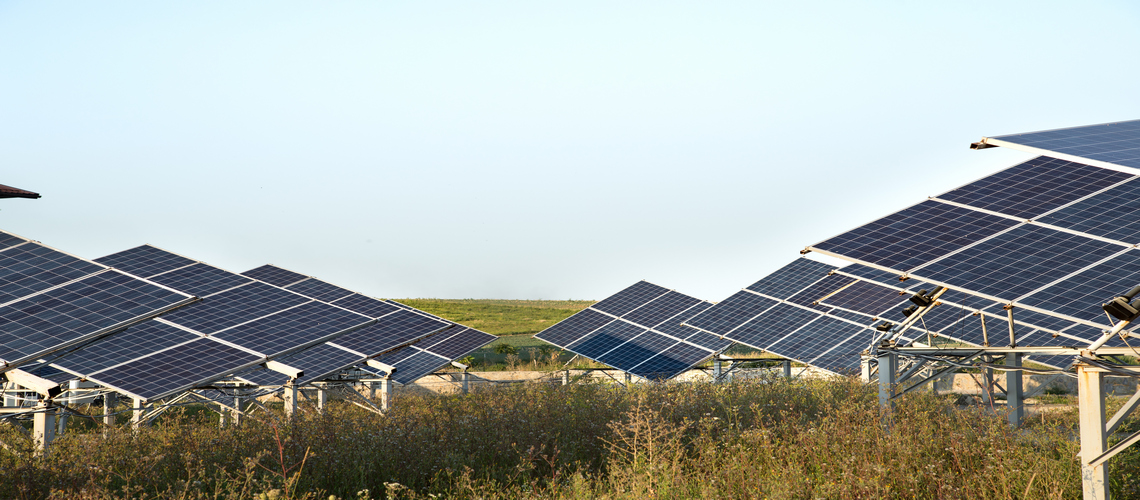Solar Power Plants vs. Traditional Energy Sources

The demand for reliable and sustainable energy has never been higher. As India continues its rapid industrial and economic growth, the choice between renewable power generation and traditional energy sources has become a crucial discussion. While fossil fuels such as coal, oil, and natural gas have long been the backbone of the power sector, concerns over environmental impact, resource depletion, and fluctuating costs have prompted a shift toward cleaner alternatives.
Among these alternatives, solar power energy in India has emerged as a viable and sustainable solution. With major players like Jindal India Renewable Energy (JIRE) pushing innovation, solar power plants are redefining the energy landscape. But how does solar stack up against coal, gas, and other conventional energy sources? Let’s break down the advantages and challenges of both to understand the future of energy in India.
Efficiency and Reliability: How Do They Compare?
Traditional Energy Sources
Coal and natural gas power plants have long been essential for electricity generation because they can deliver a steady supply of power, no matter the weather. They offer reliable baseload energy, which is crucial for industries and urban areas. However, these plants are not completely efficient. For instance, coal plants typically run at 30-40% efficiency, meaning that a considerable amount of energy is wasted during combustion and transmission.
Solar Power Plants
Solar energy, on the other hand, depends on sunlight, which means production can fluctuate with weather and time of day. However, advancements in energy storage systems, such as battery technology, have significantly improved the reliability of solar power. Modern solar panel manufacturers are developing high-efficiency panels that convert more sunlight into usable energy, with conversion rates reaching 20-22% efficiency–a number that continues to improve.
Verdict: Traditional energy sources offer consistency but solar’s reliability is increasing with better storage solutions and smart grid technology.
Cost Considerations: Investment vs. Long-Term Savings
Traditional Power Plants
Setting up coal, gas, or nuclear power plants requires a substantial investment in infrastructure, along with ongoing fuel costs and maintenance. Moreover, fuel prices fluctuate due to global market trends, making electricity costs unpredictable. Not to forget additional expenses on carbon taxes and compliance with environmental regulations.
Solar Power Plants
While the initial investment in solar panels and infrastructure can be high, operational costs are significantly lower. Once installed, solar panels generate free electricity with minimal maintenance. Thanks to government incentives, tax benefits, and subsidies, solar power energy in India is becoming more affordable.
Verdict: Traditional energy has high ongoing costs whereas solar offers long-term savings with a higher initial investment.
Environmental Impact: Sustainability vs. Pollution
Traditional Energy Sources
Fossil fuels are the leading contributors to carbon emissions, air pollution, and environmental degradation. Coal mining and gas extraction also harm ecosystems, leading to deforestation and water pollution. Although efforts have been made to implement cleaner technologies, conventional power generation is still a major factor in climate change
Solar Power Plants
Solar power is one of the cleanest energy sources as it produces zero emissions during operation. While producing solar panels impacts the environment, it is much lower than the continuous pollution from fossil fuels. Moreover, many solar panel manufacturers are adopting sustainable practices such as recycling old panels and using eco-friendly materials.
Verdict: Solar is the clear winner when it comes to sustainability and reducing carbon footprints.
Scalability and Future Potential
Traditional Power Plants
Scaling up traditional power plants requires significant resources, land, and fuel supply, which makes the process both expensive and lengthy. In fact, many coal plants in India are struggling due to fuel shortages and rising costs, which limits their long-term potential.
Solar Power Plants
Solar energy is highly scalable, from small rooftop installations to massive solar farms. With advancements in floating solar farms and agro-photovoltaics, India is maximising land use for solar power generation.
Verdict: Solar energy is easier and more cost-effective to scale compared to traditional energy sources.
The Bottom Line
The shift from traditional energy sources to renewable power generation is no longer a question of “if” but “when.” While coal and gas power plants still play a role in India’s energy mix, their environmental and economic drawbacks are becoming harder to ignore. Solar power, on the other hand, offers clean, sustainable, and increasingly affordable electricity. With companies like Jindal India Renewable Energy investing in the sector and solar panel manufacturers driving innovation, solar energy is set to transform India’s power landscape in the coming years.